
‘Trix’: a Tyrannosaurus rex on display at Kelvin Hall
Kelvin Hall 1445 Argyle Street, Glasgow, United KingdomAn original fossil skeleton of Tyrannosaurus rex can be seen at the Kelvin Hall, Glasgow, until 31st July.

An original fossil skeleton of Tyrannosaurus rex can be seen at the Kelvin Hall, Glasgow, until 31st July.

An original fossil skeleton of Tyrannosaurus rex can be seen at the Kelvin Hall, Glasgow, until 31st July.

An original fossil skeleton of Tyrannosaurus rex can be seen at the Kelvin Hall, Glasgow, until 31st July.

An original fossil skeleton of Tyrannosaurus rex can be seen at the Kelvin Hall, Glasgow, until 31st July.

An original fossil skeleton of Tyrannosaurus rex can be seen at the Kelvin Hall, Glasgow, until 31st July.

An original fossil skeleton of Tyrannosaurus rex can be seen at the Kelvin Hall, Glasgow, until 31st July.

An original fossil skeleton of Tyrannosaurus rex can be seen at the Kelvin Hall, Glasgow, until 31st July.

An original fossil skeleton of Tyrannosaurus rex can be seen at the Kelvin Hall, Glasgow, until 31st July.

An original fossil skeleton of Tyrannosaurus rex can be seen at the Kelvin Hall, Glasgow, until 31st July.

An original fossil skeleton of Tyrannosaurus rex can be seen at the Kelvin Hall, Glasgow, until 31st July.

An original fossil skeleton of Tyrannosaurus rex can be seen at the Kelvin Hall, Glasgow, until 31st July.

An original fossil skeleton of Tyrannosaurus rex can be seen at the Kelvin Hall, Glasgow, until 31st July.

An original fossil skeleton of Tyrannosaurus rex can be seen at the Kelvin Hall, Glasgow, until 31st July.

An original fossil skeleton of Tyrannosaurus rex can be seen at the Kelvin Hall, Glasgow, until 31st July.

An original fossil skeleton of Tyrannosaurus rex can be seen at the Kelvin Hall, Glasgow, until 31st July.

An original fossil skeleton of Tyrannosaurus rex can be seen at the Kelvin Hall, Glasgow, until 31st July.

An original fossil skeleton of Tyrannosaurus rex can be seen at the Kelvin Hall, Glasgow, until 31st July.

An original fossil skeleton of Tyrannosaurus rex can be seen at the Kelvin Hall, Glasgow, until 31st July.

An original fossil skeleton of Tyrannosaurus rex can be seen at the Kelvin Hall, Glasgow, until 31st July.

An original fossil skeleton of Tyrannosaurus rex can be seen at the Kelvin Hall, Glasgow, until 31st July.

An original fossil skeleton of Tyrannosaurus rex can be seen at the Kelvin Hall, Glasgow, until 31st July.
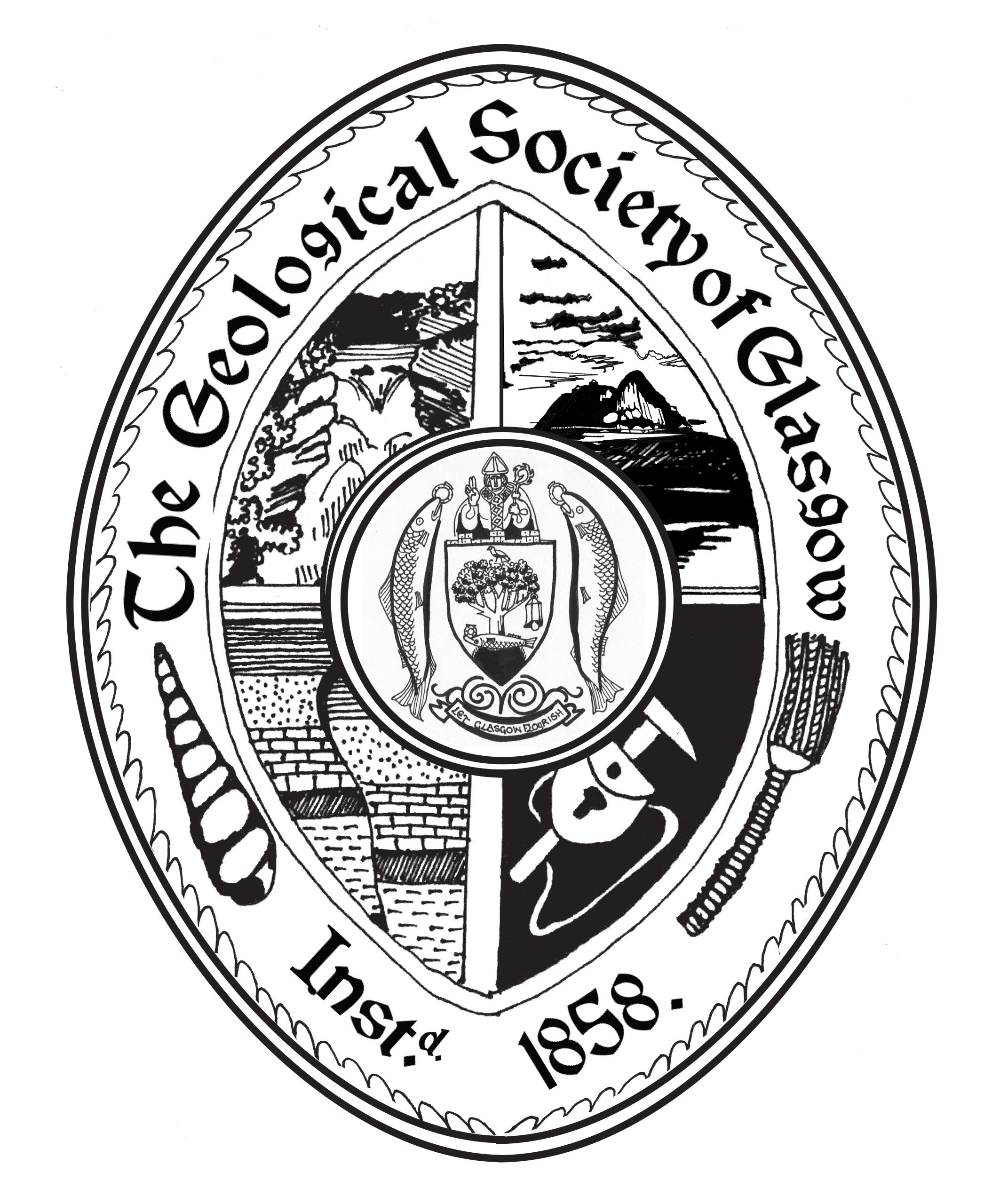
The Ballantrae region is of international importance because of the presence there of the Ballantrae Complex, an association of serpentenite, chert and pillow lavas that represents an ophiolite. We will visit some of the interesting geological localities in this area.

An original fossil skeleton of Tyrannosaurus rex can be seen at the Kelvin Hall, Glasgow, until 31st July.

An original fossil skeleton of Tyrannosaurus rex can be seen at the Kelvin Hall, Glasgow, until 31st July.

An original fossil skeleton of Tyrannosaurus rex can be seen at the Kelvin Hall, Glasgow, until 31st July.

An original fossil skeleton of Tyrannosaurus rex can be seen at the Kelvin Hall, Glasgow, until 31st July.

An original fossil skeleton of Tyrannosaurus rex can be seen at the Kelvin Hall, Glasgow, until 31st July.

A walk of about 2.5 km up the Glenderaterra valley from the car park at the Blencathra Field Centre with 4-6 stops along the path, returning the same way. The main theme is contact metamorphism and mineralisation in the Skiddaw Slate around the Skiddaw Granite. Evening meal in Threlkeld.


Anglesey's rocks provide a detailed record of the events leading to the formation of southern Britain. Formed between 650 & 300 Ma, they include high grade gneisses, a granite pluton, metasediments, sandstones, mudstones and the famous Anglesey Blueschists. There are also Paleogene dykes, abundant glacial features, a number of NE–SW faults and large sandstones blocks possibly marking the location of an ancient subduction zone.

Dr Nick Schofield, Aberdeen University
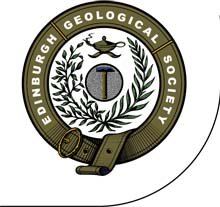
Find out from experts about the role of carbon in soils, rivers and the oceans, in this public lecture organised by Edinburgh Geological Society.

Peter Ledingham, Geoscience Ltd

The AGM will be held before the December lecture, starting at 7 pm to allow time for questions and discussion of the membership survey.

Professor Gawen Jenkin, University of Leicester

John Brown, Arup, Edinburgh
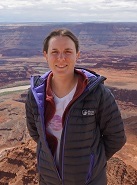
Dr Amanda Owen, University of Glasgow
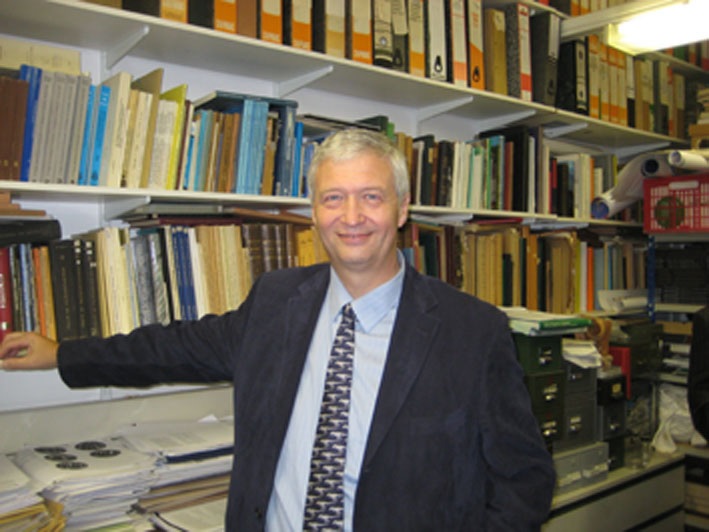
Professor Andrew Scott, Royal Holloway, University of London

Professor Jenny Collier, Imperial College, London
This lecture has been cancelled because of the coronavirus outbreak. We hope to reschedule it for autumn 2020.
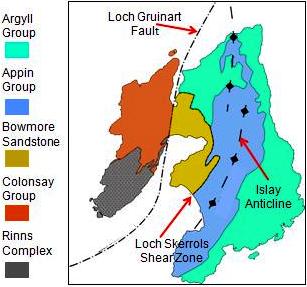
This excursion has been cancelled because of the coronavirus outbreak. We hope to reschedule it for 2021.
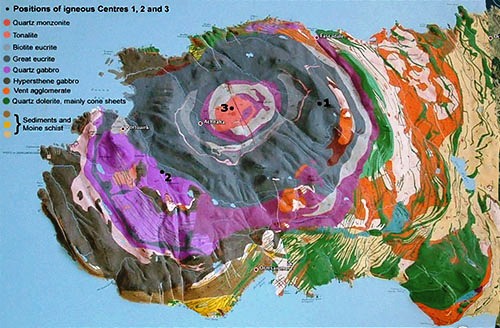
This excursion has been cancelled because of the coronavirus outbreak. We hope to reschedule it for 2021.

Because of the Covid-19 pandemic, this event will be held by means of a Zoom webinar.
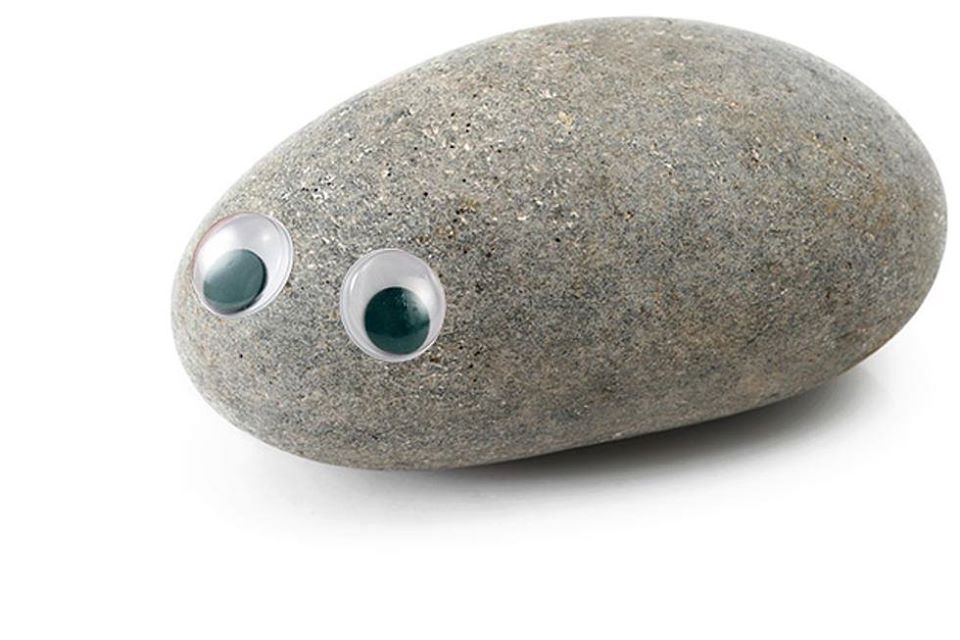
An online event to help you identify geological specimens or structures that may be puzzling you

The first of a series of virtual field trips to Islay, Jura and Colonsay being presented by David Webster
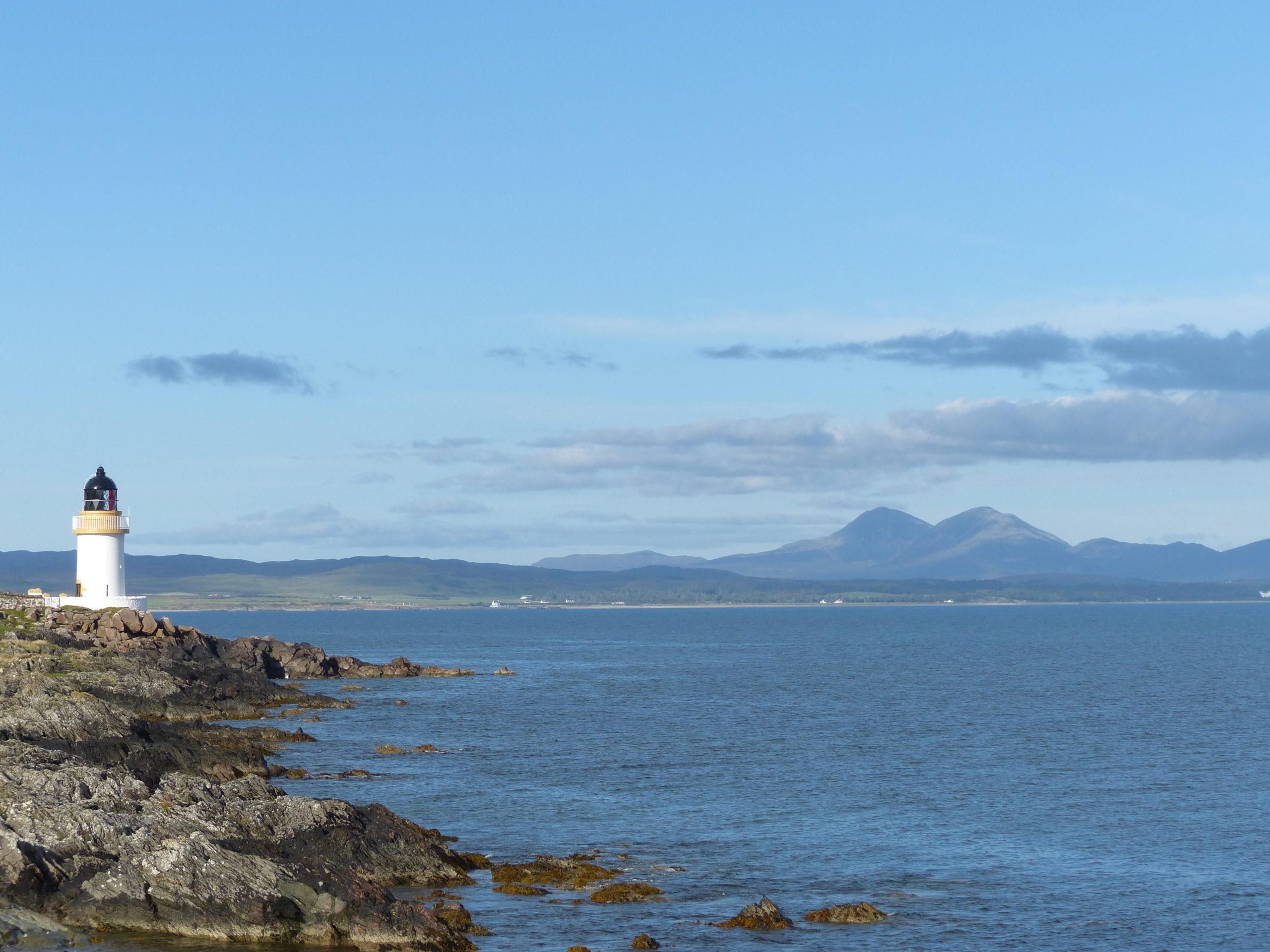
The second of a series of virtual excursions to Islay, Jura and Colonsay being presented in conjunction with Geowalks.

The second of a series of virtual field trips to Islay, Jura and Colonsay being presented by David Webster
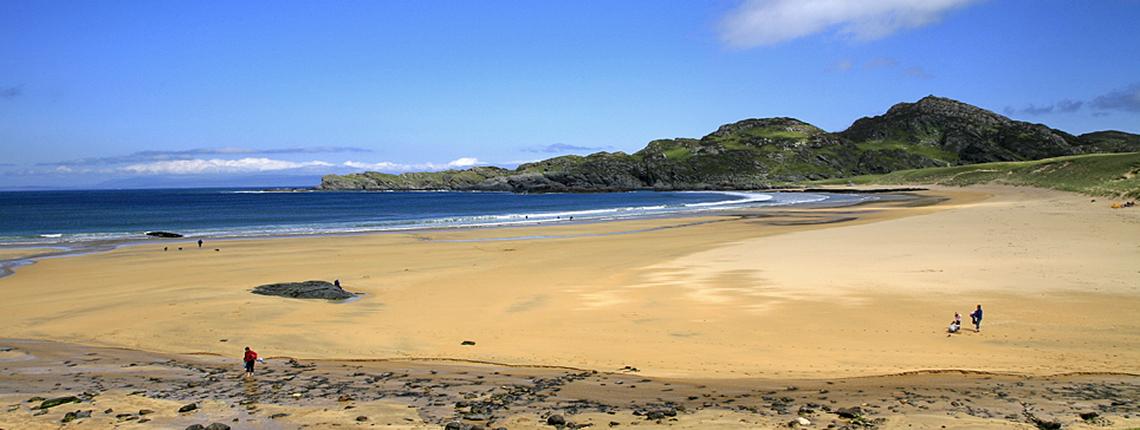
The third of a series of virtual excursions to Islay, Jura and Colonsay being presented in conjunction with Geowalks.